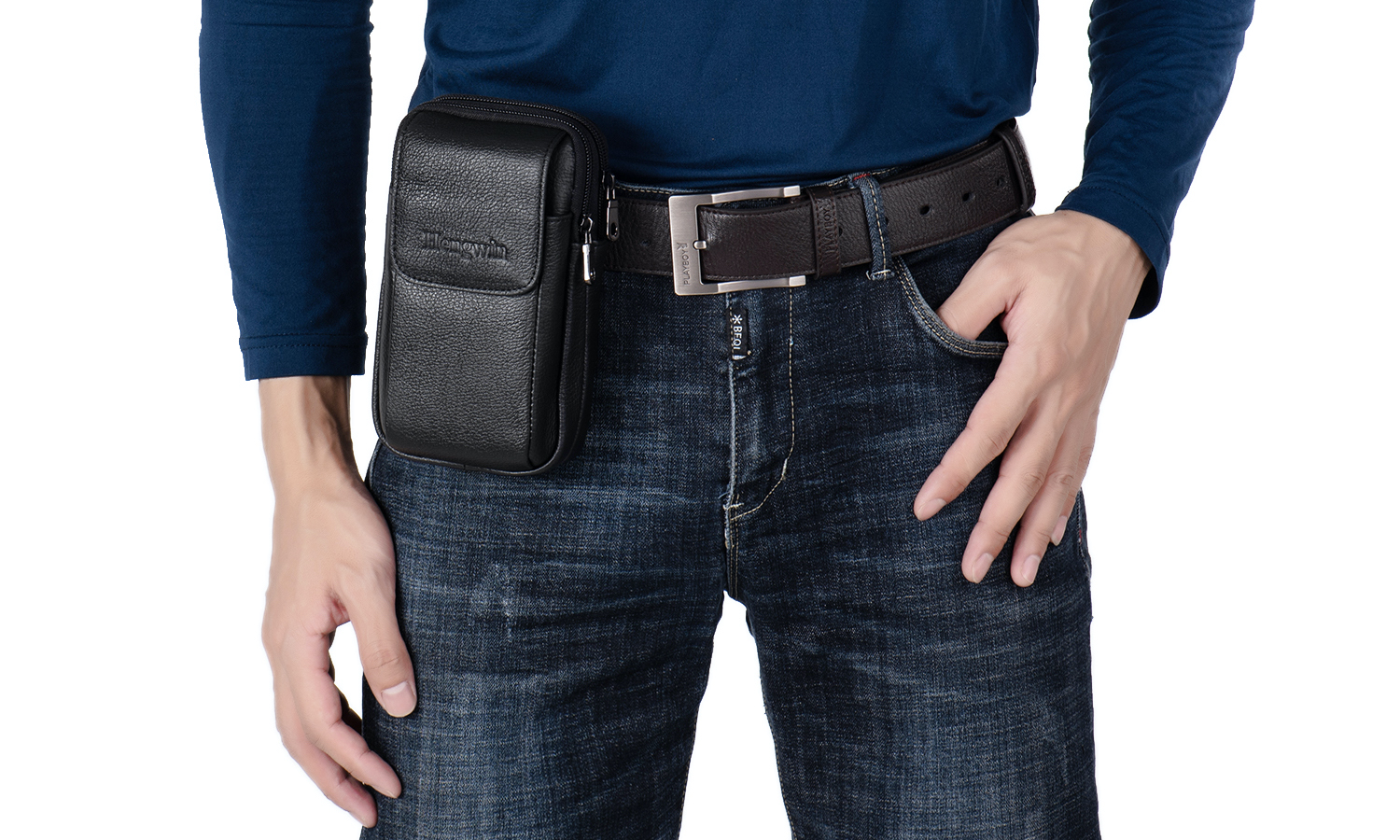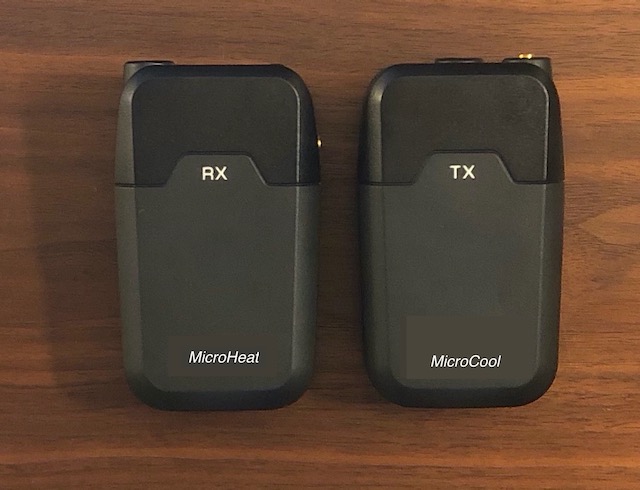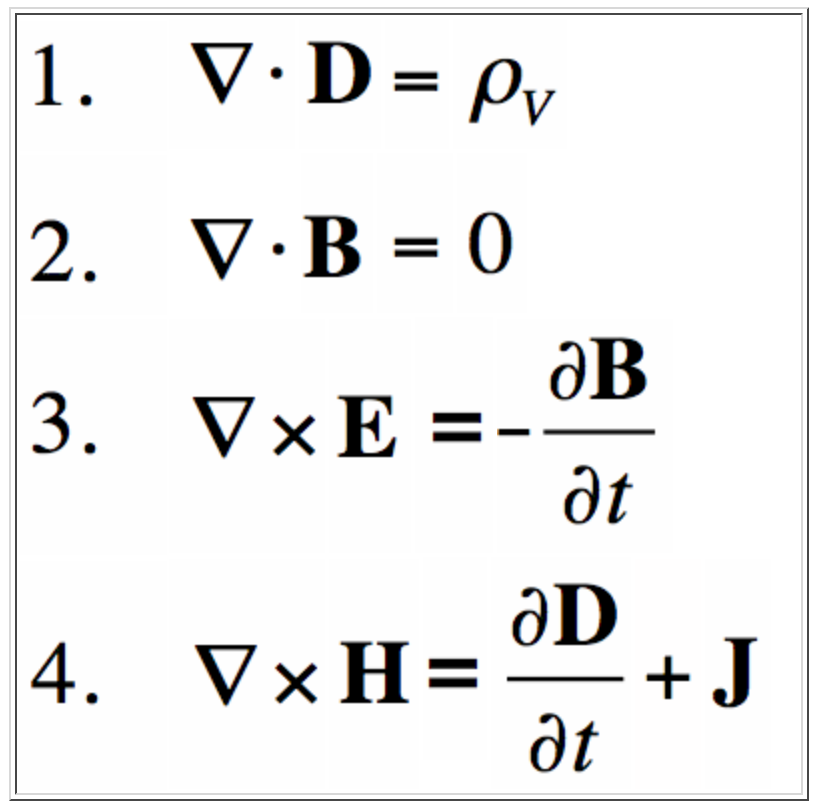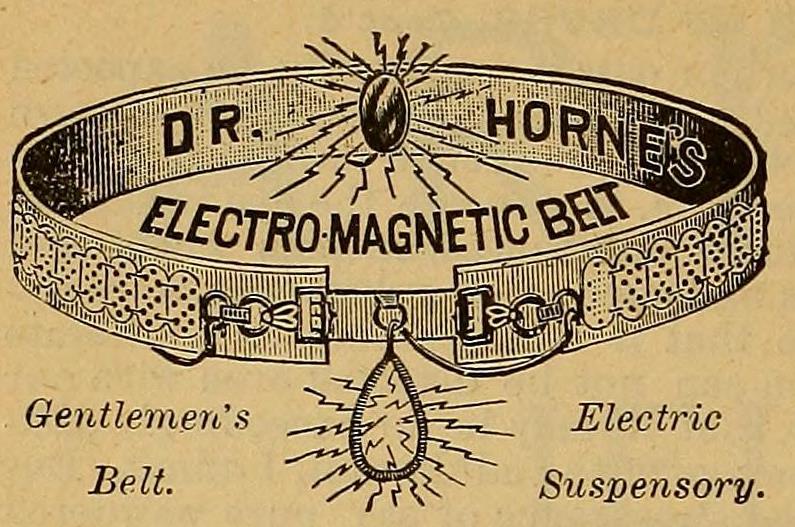Disruptive New Micro-Split Heat Pump Will Change the World

The US Energy Information Agency does a Residential Energy Consumption Survey a couple times each decade and in the 2015 data, they showed that the average energy use per household member per year is 30.3 million BTU, or 8,800 kilowatt-hours. They also found that the average US home uses 51% of that energy on heating and cooling. That’s 4,500 kWh per person! At 15 cents per kWh, that’s $675 per person.
If I told you there’s a way we could drop that number by 90%, you’d have good reason to be skeptical. From quacks trying to harness perpetual motion to those claiming their electric resistance heat can deliver more than 3,412 BTU per kWh, plenty of people have made bold claims that just weren’t true. But this new device I’m going to tell you about today is in a whole new category that jumps right over deception and delusion and goes straight to disruption.
Yes, I’m talking about the Maxwell Micro-Split personal heat pump. If you haven’t heard of it before today, I’m happy to be the one to share this exciting news with you. Once you get a Maxwell Micro-Split for each person in your home, you can say goodbye to central heating and cooling systems that are expensive to buy and expensive to maintain. Why heat or cool your whole house when all your really need to do is keep a bubble of conditioned space around yourself!?

As you probably guessed from the photo, the Maxwell Micro-Split is a revolutionary technology with two components that transfer heat from the transmitter (the TX unit in the photo) to the receiver (RX unit). You simply keep one of the units on or near yourself and place the other outdoors. As with all heat pumps, the Maxwell Micro-Split sends heat from one unit to the other. In your home, a conventional or mini-split heat pump does this with a refrigerant that goes through phase changes, and the indoor and outdoor units are connected physically with refrigerant lines and electrical wires.
The Maxwell is the same but different. It always sends heat from the transmitter, which is why it’s called the MicroCool. It sends that heat to the receiver, which is appropriately called the MicroHeat. And there’s no global warming enhancing refrigerant to worry about. No wires. Simply two small units and a charger for each. It even works with your cell phone charger.

The technology is powered by proprietary solutions of Maxwell’s equations, the set of four equations that describe almost everything there is to know about electricity, magnetism, and light. The unit being used to heat or cool a person works by creating an electromagnetic field with a radius of 1.57 meters. At the 1.57 meter mark is a sharp boundary. (As someone who has seen those proprietary solutions, I can tell you this was one of the most difficult boundary value problems ever solved!) That boundary keeps all the heating or cooling within that 3.141592653589793… meter sphere. The outdoor unit will have no such boundary, to allow for efficient heat transfer between it and the outdoor conditions.
What could be simpler! Need heating? Wear the receiver and place the transmitter outdoors. Then open up the app on your smartphone and make sure it’s set for heating. That’s how you keep the finite boundary indoors and the infinite boundary outdoors. Need cooling? Switch the two units and change the setting in the app again. It’s just that simple!
Imagine always be surrounded by your own personal bubble of thermal comfort! No more worries about how the thermostat is set at the office or ASHRAE’s 314 criteria for thermal comfort. No more shivering when you go to the cinema. And runners are bound to love it! Go for a run in July when the temperature is 95° F and the relative humidity is 95% and enjoy your bubble of 50° F comfort! Even better, you can get two units and do simultaneous heating and cooling. If your feet are cold but your upper body is warm, you can change the diameter of the bubble and warm your legs while cooling your upper body.

There really are no drawbacks to the Maxwell Micro-Split. You may be thinking about previous so-called miracle inventions using electromagnetism that were to be worn on your body, like Dr. Horne’s Electro-Magnetic Belt (shown above). But the Maxwell Micro-Split is different. Trust me.
Happy April Fools’ Day!
Allison Bailes of Atlanta, Georgia, is a speaker, writer, building science consultant, and founder of Energy Vanguard. He is also the author of the Energy Vanguard Blog and is writing a book. You can follow him on Twitter at @EnergyVanguard.
Related Articles
A New Way to Cool Your Attic – Powered Attic Mini-Split Heat Pumps
US Green Building Council to Require All-Glass LEED Homes
The Misleading “Science” Behind Heat and Insulation
Photo of belt case by Hengwin Case from flickr.com, used under a Creative Commons license. Image of Dr. Horne’s Electro-Magnetic Belt by Arrallyn! from flickr.com, used under a Creative Commons license.
NOTE: Comments are moderated. Your comment will not appear below until approved.
This Post Has 12 Comments
Comments are closed.

Instructions unclear. After I put the belt on, I remember wanting to test the technology with my DWH system and took a shower. I just woke up and it is October 21, 2015 and some kid wants to trade his hoverboard for my belt.
Great idea! Will this be produced in the United States or Puerto Rico? Will it be available on Amazon or only through normal HVAC distribution channels? Does my 608 card qualify me to install them? And which weighs more – the Great Pyramid of Cheops or the Sears Tower in Chicago?
If you can conceive it and believe it you can achieve it!
Did Jules Vern write this?
Allison, I figured this was a joke, but I had forgotten all about April Fool’s day. However, it reminds me of a true story at one of my past jobs at a major air conditioner manufacturer. The VP of Marketing came up with an idea for having an indoor unit for a cooling system that is mounted on an interior wall that faces a window. The indoor unit would remove heat from the air and microwave it out the window, thus, no refrigerant lines or outdoor unit would be needed. He presented this idea to the VP of Engineering, who kicked it down to his Director of Advanced Systems, who passed it on to his Manager of Residential Advanced Systems, who passed it on to one of his engineers (me). I gave them the Second Law of Thermodynamics explanation of why it wouldn’t work and that ended it. I have been in several similar situations since then where upper management comes up with a stupid idea and several layers of engineering below them either do not know how to technically respond or are afraid to.
So if I get this right – we should provide all future Astronauts with these and instruct them to configure them for maximum heat, which will then result in a maximum cooling effect on the planet, thus solving the global warming crisis! I’m IN!!!
I got frostbite and 3rd-degree burns from my micro split heat pumps so I upgraded to the latest tech, nano split heat pumps. These are direct implants inside each limb and in the main body. These are way more convenient and powered by nuclear fission.
Kyle, I heard that the nano-splits were in development but I didn’t think they were being sold yet. Did you get one by being involved in a research study? I think the National Institutes of Health is overseeing that and that the FDA hasn’t approved anything yet, right?
Allison, in all seriousness, do you think we will see mini-splits less than 1/2 ton? If so, what do you think the minimum practical capacity will be?
Tim, yes, smaller capacity mini-splits are coming. I believe manufacturers are working on developing them in the 3,000 to 4,000 BTU/hr range. I hope they get them to market soon because they’re needed.
Do you think anything less than 3,000 BTU/hr would be impractical?
Good question, Tim. I don’t understand all the details of manufacturing that would play into a decision like that so I can’t answer it.
What can I say? You have to just trust the name.